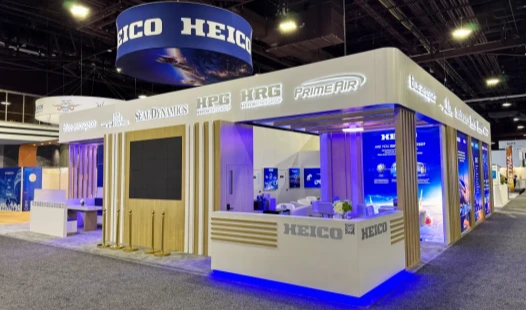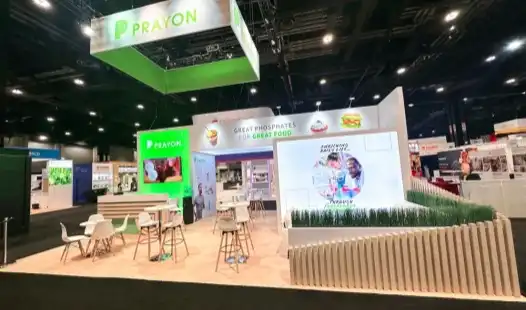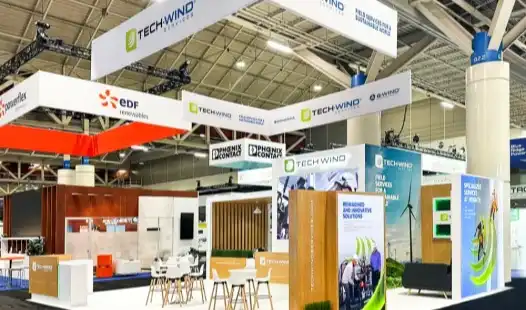Understanding Drayage and Material Handling at Trade Shows
Drayage and material handling are crucial aspects of trade show logistics that often confuse exhibitors. Drayage refers to the process of transporting your exhibit materials from the loading dock to your booth space, while material handling encompasses the unloading, delivery, storage, and removal of these items. Both services are typically provided by the show's official contractor and are essential for ensuring a smooth setup and teardown process. Understanding these concepts is vital for accurate budgeting and efficient planning, as they can significantly impact your overall trade show experience and costs.
The Intricacies of Drayage in Trade Show Logistics
Drayage is a term that often perplexes newcomers to the trade show industry. It's a specialized service that involves the short-distance transport of exhibit materials within the confines of the exhibition venue. This process begins the moment your shipment arrives at the loading dock and continues until it reaches your designated booth space.
Why Drayage is Necessary?
The necessity of drayage stems from the complex logistics involved in managing multiple exhibitors' materials simultaneously. Exhibition halls are bustling hubs of activity, with hundreds or even thousands of exhibitors vying for space and attention. Drayage services help maintain order and efficiency in this potentially chaotic environment.
Without a structured drayage system, the loading docks would quickly become congested, leading to delays and frustration for exhibitors. By centralizing the movement of materials, show organizers can ensure a smooth flow of traffic and minimize the risk of damage to valuable exhibit components.
The Drayage Process
The drayage process typically unfolds in several stages:
- Arrival at the Venue: Your shipment arrives at the designated receiving area, usually a loading dock.
- Check-in and Documentation: The drayage provider checks in your materials, verifying the shipment against your documentation.
- Transport to Booth: Your items are transported from the dock to your booth space using forklifts, pallet jacks, or other appropriate equipment.
- Placement: The materials are placed in your booth according to your instructions.
Factors Affecting Drayage Costs
Drayage costs can vary significantly based on several factors:
- Weight of Shipment: Most drayage is charged by weight, with heavier shipments incurring higher fees.
- Timing of Delivery: Shipments arriving during off-peak hours or outside the designated move-in window may incur additional charges.
- Special Handling Requirements: Oversized items, delicate equipment, or materials requiring special equipment may lead to increased costs.
- Crating and Packaging: Properly crated and labeled items are easier to handle, potentially reducing your drayage fees.
Demystifying Material Handling in the Trade Show Context
While often used interchangeably with drayage, material handling is a broader term that encompasses a range of services beyond just transportation. It includes the entire process of receiving, handling, storing, and removing your exhibit materials throughout the duration of the trade show.
Components of Material Handling
Material handling services typically include:
- Unloading: Removing your shipment from the delivery vehicle at the loading dock.
- Delivery to Booth: Transporting your materials to your assigned booth space.
- Storage: Storing empty crates and containers during the show.
- Return of Empties: Delivering your empty containers back to your booth at the end of the show.
- Reloading: Loading your packed materials onto outbound carriers.
The Importance of Proper Labeling and Documentation
One of the key aspects of successful material handling is proper labeling and documentation. Clear, accurate labels on all your shipments help ensure that your materials are handled correctly and reach your booth without delay. This includes:
- Exhibitor name and booth number
- Show name and dates
- Piece count and description
- Special handling instructions, if any
Additionally, having all necessary paperwork, such as bills of lading and material handling forms, filled out correctly can significantly streamline the process and help avoid potential issues or additional charges.
Strategies for Efficient Material Handling
To maximize efficiency and minimize costs associated with material handling, consider the following strategies:
- Consolidate Shipments: Fewer, larger shipments often cost less than multiple small ones.
- Use Proper Packaging: Ensure your items are well-protected to prevent damage and avoid special handling fees.
- Plan for Storage: Consider how you'll store empty containers during the show.
- Adhere to Deadlines: Meet all advance shipping deadlines to avoid rush charges.
- Communicate Clearly: Provide clear instructions to your team and the material handling staff to ensure smooth operations.
Optimizing Your Trade Show Experience: Beyond Drayage and Material Handling
While understanding drayage and material handling is crucial, they're just pieces of the larger trade show puzzle. To truly optimize your experience and maximize your return on investment, consider these additional aspects of trade show participation.
Strategic Booth Design and Layout
Your booth is your home base at the trade show, and its design can significantly impact your success. Consider the following when planning your booth:
- Traffic Flow: Design your booth to encourage smooth movement of visitors.
- Visibility: Ensure your brand and key messages are easily visible from multiple angles.
- Interactivity: Incorporate elements that engage visitors, such as product demonstrations or interactive displays.
- Comfort: Include comfortable seating areas for in-depth conversations with potential clients.
Staff Training and Preparation
Your booth staff are the face of your company at the trade show. Investing in their preparation can yield significant returns:
- Product Knowledge: Ensure all staff members are well-versed in your products or services.
- Engagement Skills: Train staff on how to effectively engage visitors and qualify leads.
- Goal Alignment: Make sure everyone understands the specific objectives for the show.
- Scheduling: Plan staff rotations to keep your team fresh and energetic throughout the event.
Pre-Show Marketing and Post-Show Follow-Up
Your trade show strategy should extend beyond the event itself:
- Pre-Show Marketing: Use social media, email campaigns, and other channels to generate buzz and schedule meetings in advance.
- Lead Capture: Implement an efficient system for capturing and categorizing leads during the show.
- Post-Show Follow-Up: Develop a strategy for promptly following up with leads after the event.
- Performance Analysis: Review your performance metrics to inform future trade show strategies.
Leveraging Technology
Modern technology offers numerous ways to enhance your trade show presence:
- Virtual Reality: Offer immersive product demonstrations or facility tours.
- Mobile Apps: Use event apps for networking and scheduling meetings.
- Digital Lead Capture: Implement electronic systems for quick and accurate lead collection.
- Social Media Integration: Encourage real-time social sharing to extend your reach beyond the show floor.
Conclusion
Understanding drayage and material handling is crucial for successful trade show participation. These services, while often overlooked, play a vital role in ensuring your exhibit materials arrive safely and on time to your booth. By grasping the intricacies of drayage costs and material handling processes, you can better plan your budget and logistics, potentially saving money and reducing stress. Remember, efficient packaging, clear labeling, and adherence to deadlines can significantly streamline these processes.
At HR Exhibits, we understand the complexities of trade shows inside and out. Our comprehensive service package is designed to take the stress out of exhibiting, handling everything from innovative booth design to seamless logistics. Whether you're a seasoned exhibitor or new to the trade show scene, our team of experts is here to ensure your presence is both impactful and unforgettable. Ready to make your next trade show a resounding success? Contact us at info@hrexhibits.com and let's create an exhibition experience that truly showcases your brand's potential.
FAQs
Q: How far in advance should I start planning for a trade show?
A: Ideally, you should start planning 3-5 months before the event. This allows ample time for booth design, fabrication, and logistics planning.
Q: Can HR Exhibits handle last-minute requests?
A: Yes, our team is flexible and capable of handling urgent projects. However, earlier planning ensures the best results.
Q: What information do you need to provide a quote?
A: We typically require your booth size, show name, design ideas, and budget to deliver a tailored proposal.
Q: Does HR Exhibits offer storage solutions for booth materials?
A: Yes, we offer convenient local storage for your booth materials, ensuring long-term support for future events.
References
1. Smith, J. (2022). The Exhibitor's Handbook: Navigating Trade Show Logistics. Trade Show Weekly.
2. Johnson, A. (2021). Mastering Material Handling: A Guide for Trade Show Exhibitors. Exhibition Industry Journal.
3. Brown, R. (2023). Drayage Demystified: Understanding Trade Show Transportation. Event Planner's Digest.
4. Davis, M. (2022). The Hidden Costs of Exhibiting: Budgeting for Drayage and Material Handling. Trade Show Executive.
5. Wilson, L. (2023). Optimizing Your Trade Show Experience: From Booth Design to Follow-Up. Exhibition World.
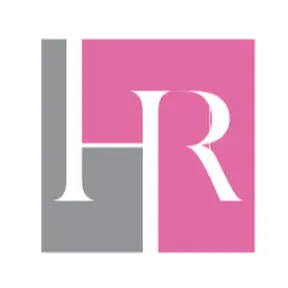
Embark on Your Journey to Exceptional Exhibitions! Contact HR Exhibits Today to Transform Your Vision into Global Success.
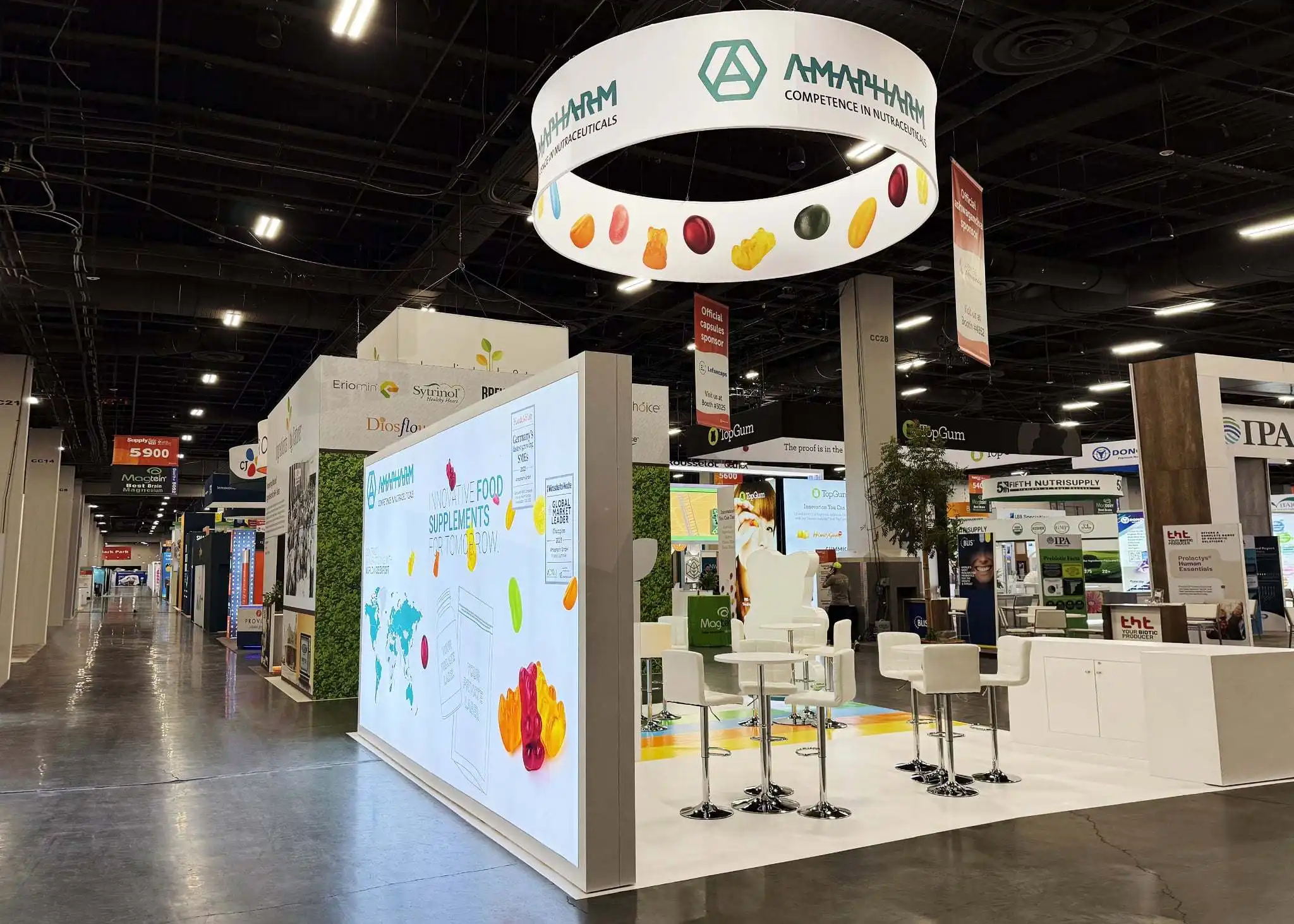
HR Exhibits Service, Inc.
